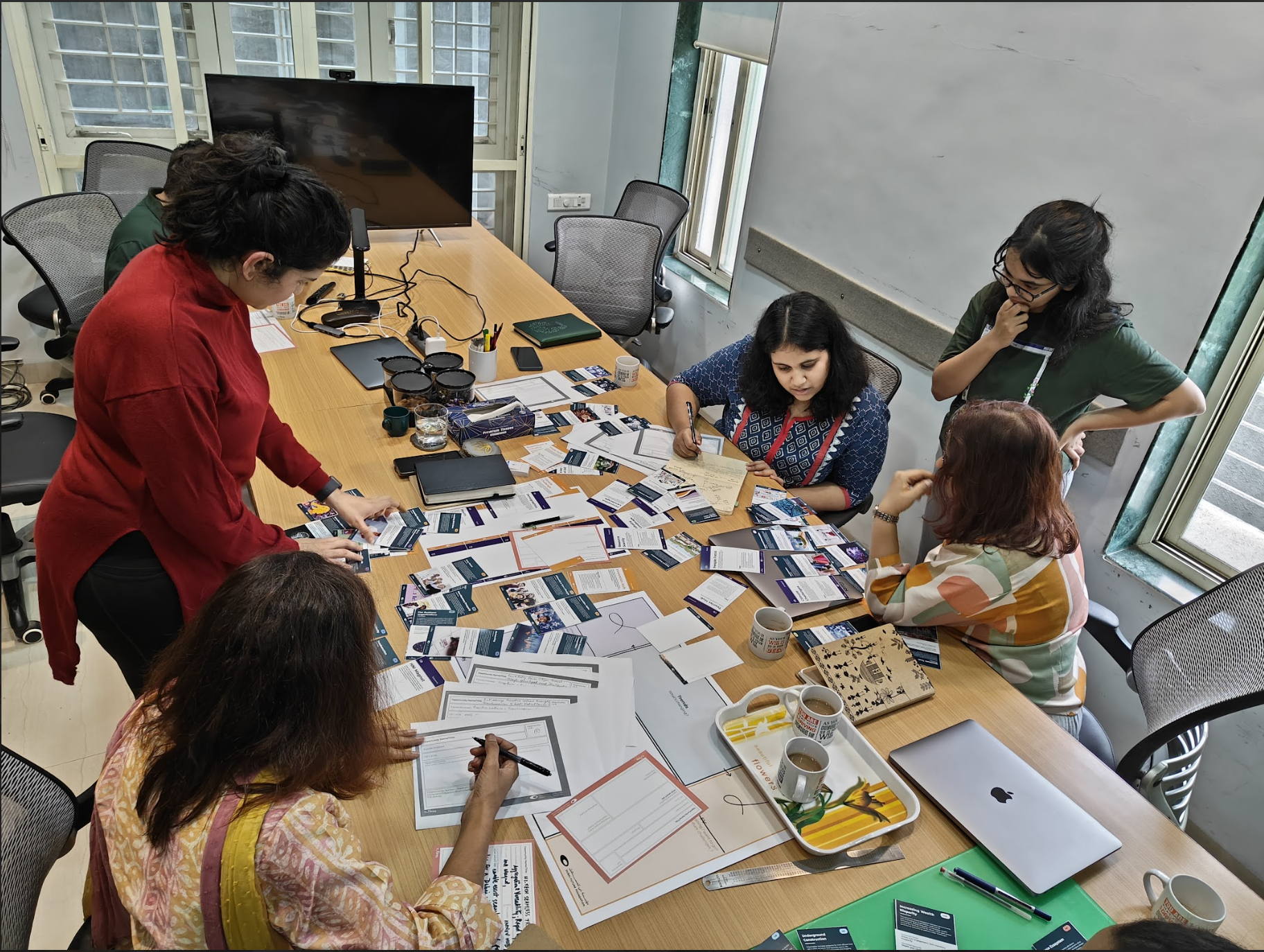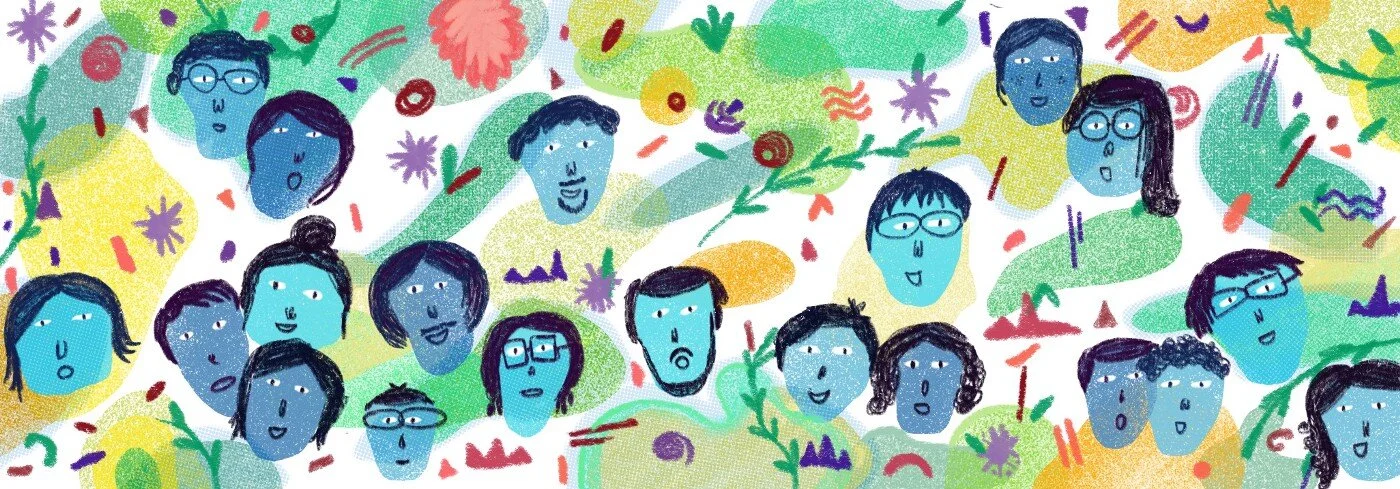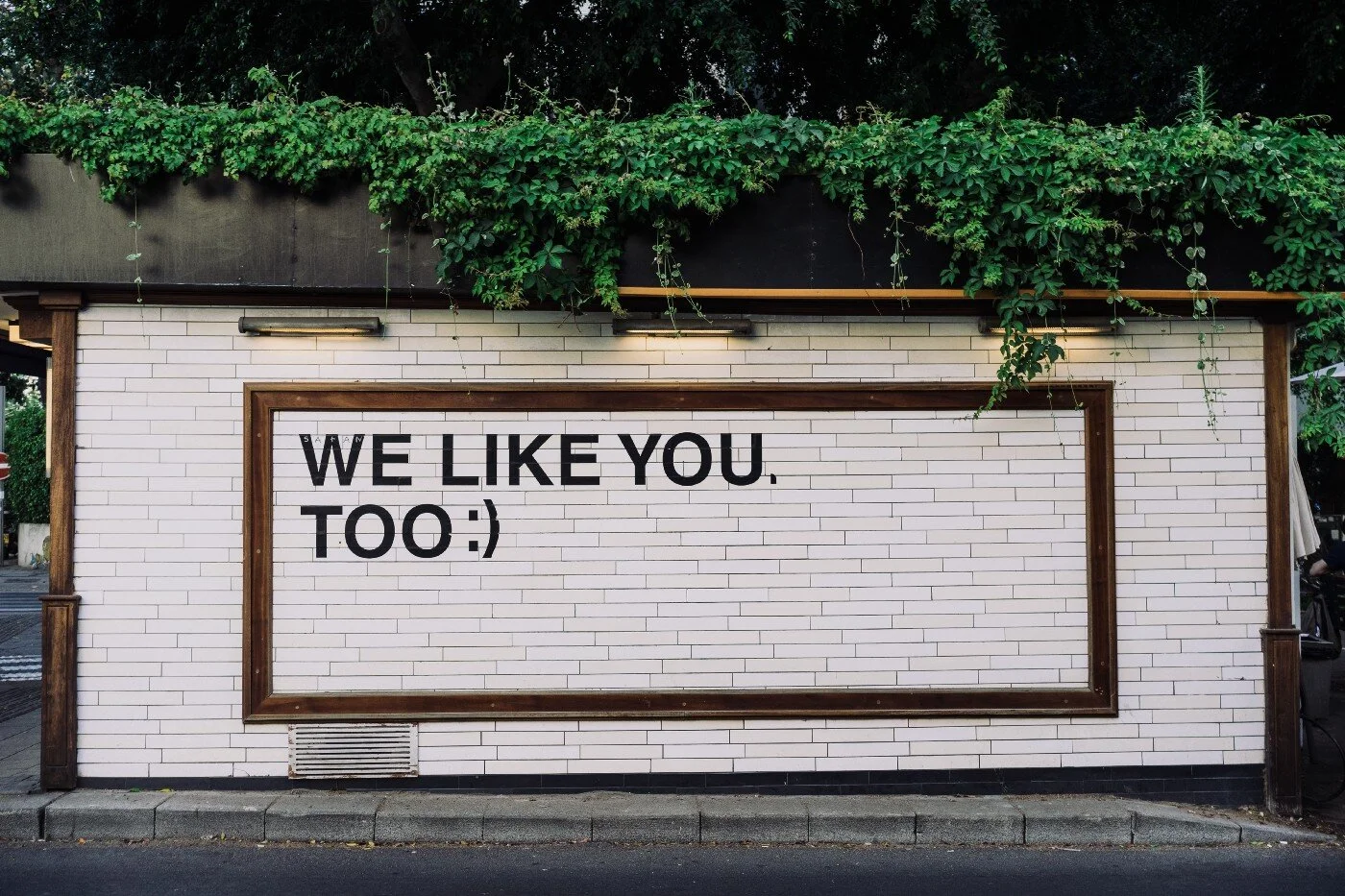Discover the latest thought leadership, cutting-edge strategies, and industry trends shaping the future

Selected Megatrends 2023
Selected global megatrends 2030 deck from Turian Labs for free download
How I went about doing a comparative benchmarking for UX certification courses?
Competitive benchmarking is an important tool for any product’s user experience analysis. Adopting it from market research parlance, a few nuances get added when we use it in UX. Our colleague Tanishi delves into the case of UX certification online courses. Here is how she went about it it.
My first fortnight at Turian Labs
A peek into the workplace culture (post-Covid) and the onboarding process of new joiners at Turian Labs, through the eyes of Tanishi Gola, a recent design graduate who joined our team.
Of UX, UI, User Experience, UX Research, Design, Design Thinking & everything in-between
While UX is not rocket science and that is where also the problem lies. It gets complicated when spoken in one breath 'UX/UI'. There is a lot of confusion between the terms Design/UI/UX/UX-design/UX-research for people outside the domain. Here is a short write-up on the state of the industry.
Four megatrends for the fitness industry 2030
The fitness industry across the world is in the doldrums ever since the pandemic started. The end of the stress is not in sight. One panacea that everyone has tried is 'digitalization' and that is now a foregone conclusion. But then, can someone really take the physicality away from it? The pandemic is not going to last forever. Taking a 5-7 year-long view of the situation here some broad directions using megatrend, that will shape the industry.
Turian Tales | Glimpses of the Emerging | Issue 4
As we look into the emergent reality, organizational culture would remain one of the top priorities in face of the rapid change. A lot of companies are making concentrated efforts by fusing in creativity to instil an innovation mindset with institutionalizing ‘failure’ as part of its DNA.
The theme of this newsletter edition is based on the interplay between Design Thinking and the world of Megatrends and Strategic Foresight. Do read and let us know your thoughts.
Compassion and mindfulness | The untold theme of 2020
A quick rewind on our actions and reactions, point to 2020 as a year of compassion, togetherness and strength. Last year united citizens across countries to stand up for a common cause. Consumers opted for mindful choices and the bigger brands displayed hampers of generosity for the local businesses. As a part of our annual trend mapping exercise at Turian Labs, we identified a few optimistic indicators from 2020:
5 things I learned while working as a design researcher
I recently completed one year of being a design researcher at Turian labs. This is my first job after graduating as a designer. Throughout this journey, I have worked on multiple projects of noticeable scale encompassing elaborate deliverables. I have intuitively discovered my working style by adapting to the interdisciplinary nature of design research, observing my colleagues, and making the right mistakes. Here are a few things that I have incorporated into my working style.
1. Role of planning-artifacts in smarter project journeys
2. Say yes to an exciting challenge, always!
3. Clear communication is paramount
4. Dealing with conflicts
5. Delegating work
Infusing Design Culture
The premise of this article is based on understanding the genesis of the modern-day work culture and how to infuse creative thinking in an organisation as it prepares for the emergent reality. Let’s first begin with understanding the evolution of the modern-day work culture and how the industrial revolution was instrumental in designing it.
The interplay of attention and perception
When it comes to decision making, a user’s perception plays a pivotal role. However good your product/app/website has been designed; If the perception is not managed correctly, the entire effort is an absolute waste. This article has been triggered by Dr. Tim Holmes’ presentation as part of our D’IVE series. Dr. Holmes illustrated how the slightest change in visual design can become the difference between whether elements are being seen, understood and selected or not.









